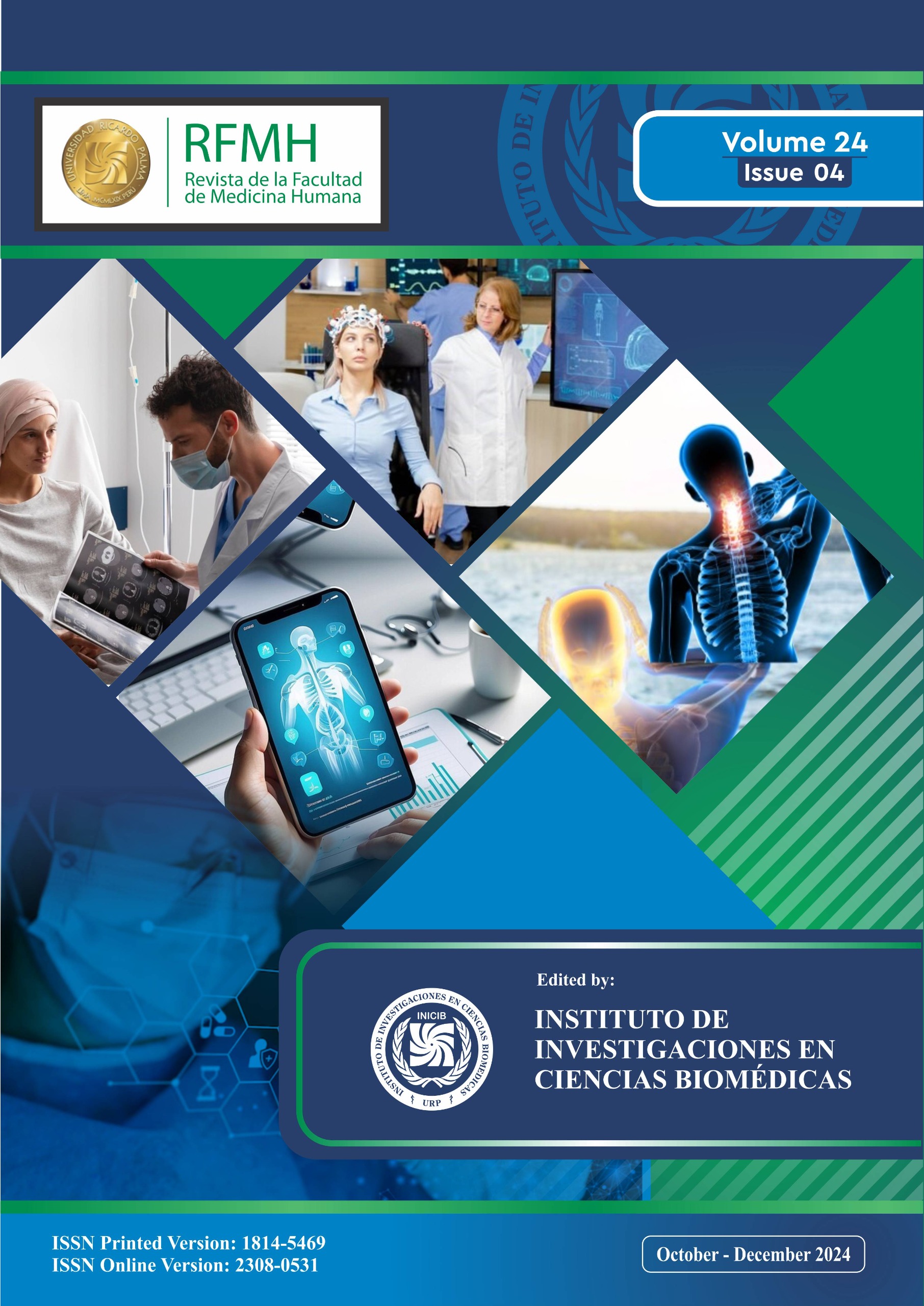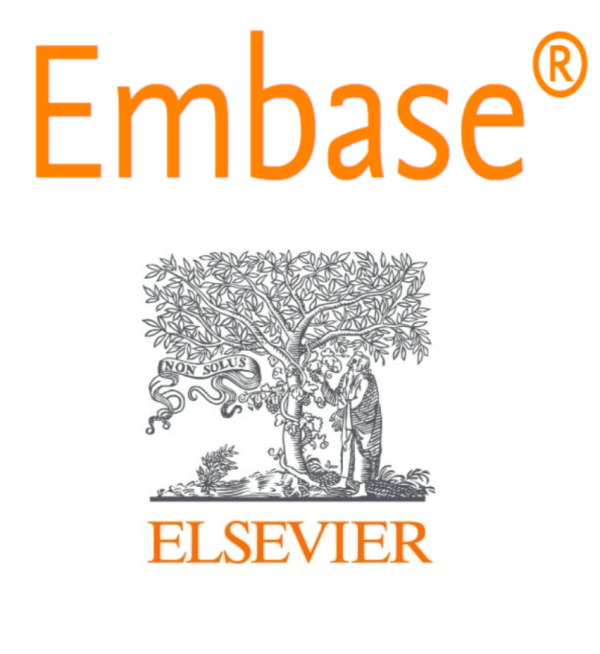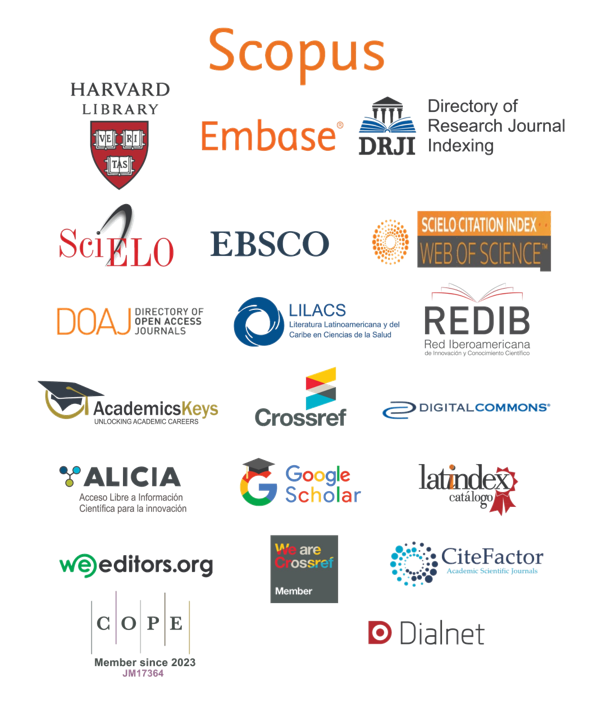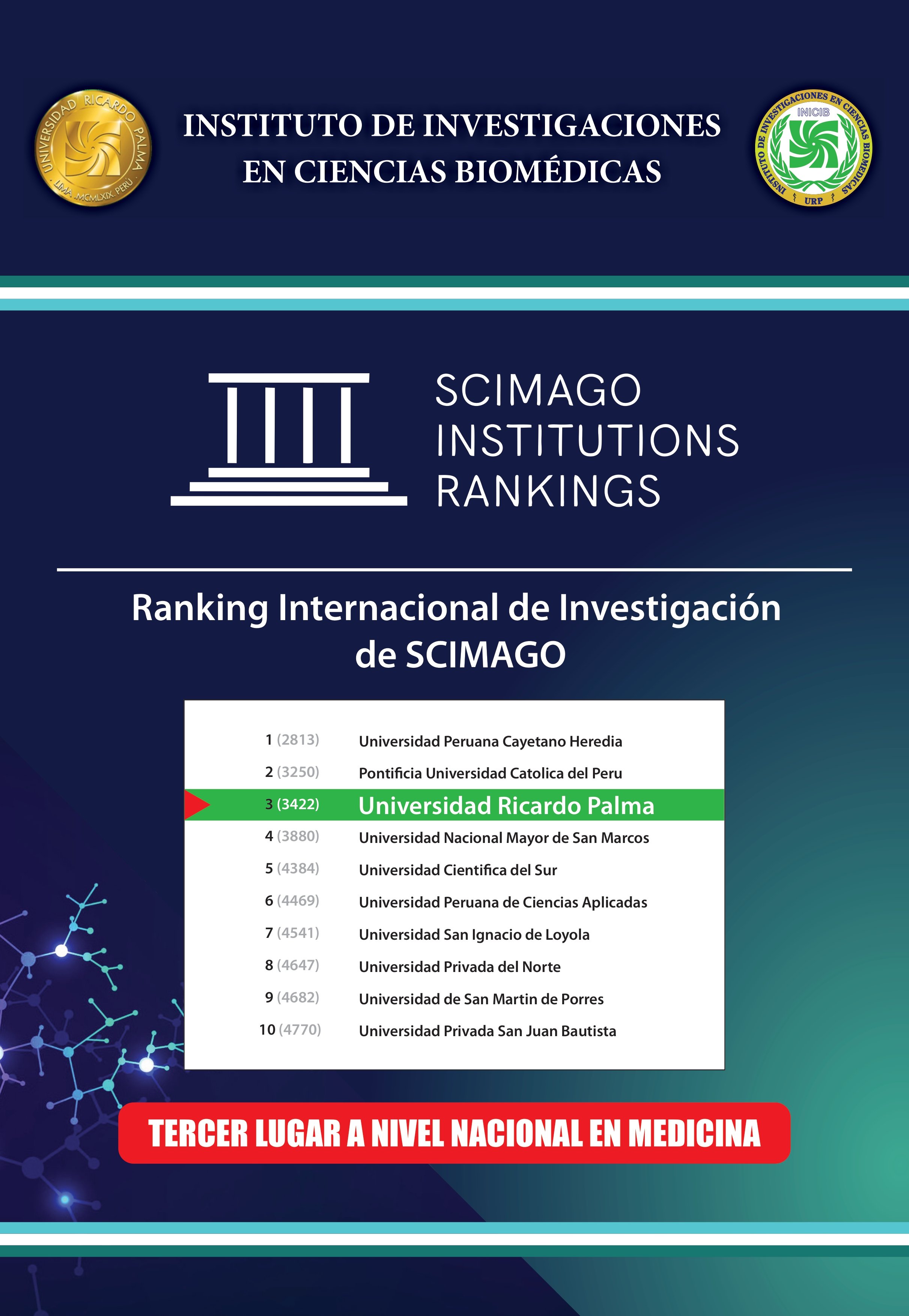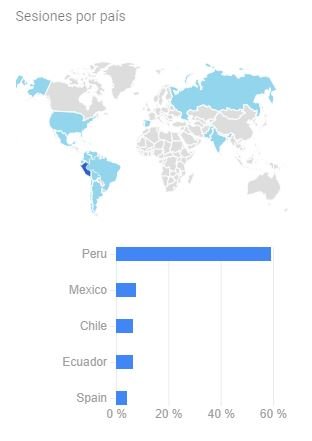Heart failure secondary to a snake bite. The intensivist's vision: case report
Insuficiencia cardíaca secundaria a mordedura de serpiente. La visión del intensivista: reporte de caso
Keywords:
Bothrops spp, Cardiogenic shock, Colombia, heart failure, ophidic accidentAbstract
Background: Ophidic accident is a neglected disease that affects tropical countries. Latin America is the second region after Africa, with the most cases worldwide. Local lesions accompany its clinical course up to systemic affectations such as renal, hematological, and neurological lesions. Cardiac complications are rare, especially in patients who do not have cardiovascular risk factors. There are reports of acute myocardial infarction, but there is little information about heart failure due to Bothrops spp.
Case report: We present the case of a 25-year-old man without cardiovascular risk factors who was admitted to the intensive care unit and developed heart failure with cardiogenic shock and multi-organ failure secondary to a snake bite.
Conclusions: Although the characteristic clinical course of a bothropic ophidian accident and its systemic manifestations are mainly related to coagulation abnormalities, there are cardiovascular complications within its clinical presentation that, although rare, if not detected promptly and not adequately managed, are associated with high morbidity and mortality.
Downloads
References
Kasturiratne A, Wickremasinghe AR, de Silva N, Gunawardena NK, Pathmeswaran A, Premaratna R, et al. The Global Burden of Snakebite: A Literature Analysis and Modelling Based on Regional Estimates of Envenoming and Deaths. PLOS Medicine. 2008;5(11):e218. doi.org/10.1371/journal.pmed.0050218
The L. Snake-bite envenoming: a priority neglected tropical disease. Lancet (London, England). 2017;390(10089):2. DOI: 10.1016/S0140-6736(17)31751-8
Gutiérrez JM. Envenenamientos por mordeduras de serpientes en América Latina y el Caribe: Una visión integral de carácter regional. Boletín de Malariología y Salud Ambiental. 2011;51:1-16.
Bhalla G, Mhaskar D, Agarwal A. A study of clinical profile of snake bite at a tertiary care centre. Toxicol Int. 2014;21(2):203-8. DOI: 10.4103/0971-6580.139811
McGhee S, Finnegan A, Clochesy JM, Visovsky C. Effects of snake envenomation: a guide for emergency nurses. Emergency nurse : the journal of the RCN Accident and Emergency Nursing Association. 2015;22(9):24-9. DOI: 10.7748/en.22.9.24.e1406
Virmani S, Bhat R, Rao R, Kapur R, Dsouza S. Paroxysmal Atrial Fibrillation due to Venomous Snake Bite. J Clin Diagn Res. 2017;11(6): OD01-OD2. DOI: 10.7860/JCDR/2017/27553.9971
Chara K, Baccouche N, Turki O, Regaig K, Chaari A, Bahloul M, et al. A rare complication of viper envenomation: cardiac failure. A case report. Medecine et sante tropicales. 2017;27(1):52-5. DOI: 10.1684/mst.2016.0636
Bhargava S, Kumari K, Sarin RK, Singh R. First-hand knowledge about snakes and snake-bite management: an urgent need. Nagoya J Med Sci. 2020;82(4):763-74. DOI: 10.18999/nagjms.82.4.763
Maguiña-Vargas C, Chincha-Lino O, Vilcapoma-Balbín P, Morante D. Actualización en clínica y terapia de mordedura de serpiente (ofidismo). Revista Medica Herediana. 2020;31:48-55. http://dx.doi.org/10.20453/rmh.v31i1.3729
Cuellar Gordo LC, Amador Orozco B, Olivares Goenaga G, Borré Ortiz YM, Pinedo Otálvaro J. Comportamiento epidemiológico del accidente ofídico en el Departamento del Magdalena, Colombia (2009-2013). Revista Ciencias de la Salud. 2016;14:161-77. http://dx.doi.org/10.12804/revsalud14.02.2016.02
Boadas J, Matos M, Bónoli S, Borges A, Vásquez-Suárez A, Serrano L, et al. Perfil eco-epidemiológico de los accidentes por ofidios en Monagas, Venezuela (2002-2006). Boletín de Malariología y Salud Ambiental. 2012;52:107-20.
da Silva Souza A, de Almeida Gonçalves Sachett J, Alcântara JA, Freire M, Alecrim M, Lacerda M, et al. Snakebites as cause of deaths in the Western Brazilian Amazon: Why and who dies? Deaths from snakebites in the Amazon. Toxicon : official journal of the International Society on Toxinology. 2018;145:15-24. DOI: 10.1016/j.toxicon.2018.02.041
Mitra S, Agarwal A, Shubhankar BU, Masih S, Krothapalli V, Lee BM, et al. Clinico-epidemiological Profile of Snake Bites over 6-year Period from a Rural Secondary Care Centre of Northern India: A Descriptive Study. Toxicol Int. 2015;22(1):77-82. doi: 10.4103/0971-6580.172263
David S, Matathia S, Christopher S. Mortality predictors of snake bite envenomation in southern India--a ten-year retrospective audit of 533 patients. J Med Toxicol. 2012;8(2):118-23. DOI: 10.1007/s13181-011-0204-0
Sarmiento K, Torres I, Guerra M, Ríos C, Zapata C, Suárez F. Epidemiological characterization of ophidian accidents in a Colombian tertiary referral hospital. Retrospective study 2004-2014. Revista de la Facultad de Medicina. 2018;66:153-8. https://doi.org/10.15446/revfacmed.v66n2.61335
Monteiro WM, Contreras-Bernal JC, Bisneto PF, Sachett J, Mendonça da Silva I, Lacerda M, et al. Bothrops atrox, the most important snake involved in human envenomings in the amazon: How venomics contributes to the knowledge of snake biology and clinical toxinology. Toxicon: X. 2020;6:100037. DOI: 10.1016/j.toxcx.2020.100037
Comentarios al consenso ESC 2018 sobre la cuarta definición universal del infarto de miocardio. Revista Española de Cardiología. 2019;72(1):10-5. DOI: 10.1016/j.recesp.2018.11.011
Kurmani S, Squire I. Acute Heart Failure: Definition, Classification and Epidemiology. Curr Heart Fail Rep. 2017;14(5):385-92. DOI: 10.1007/s11897-017-0351-y
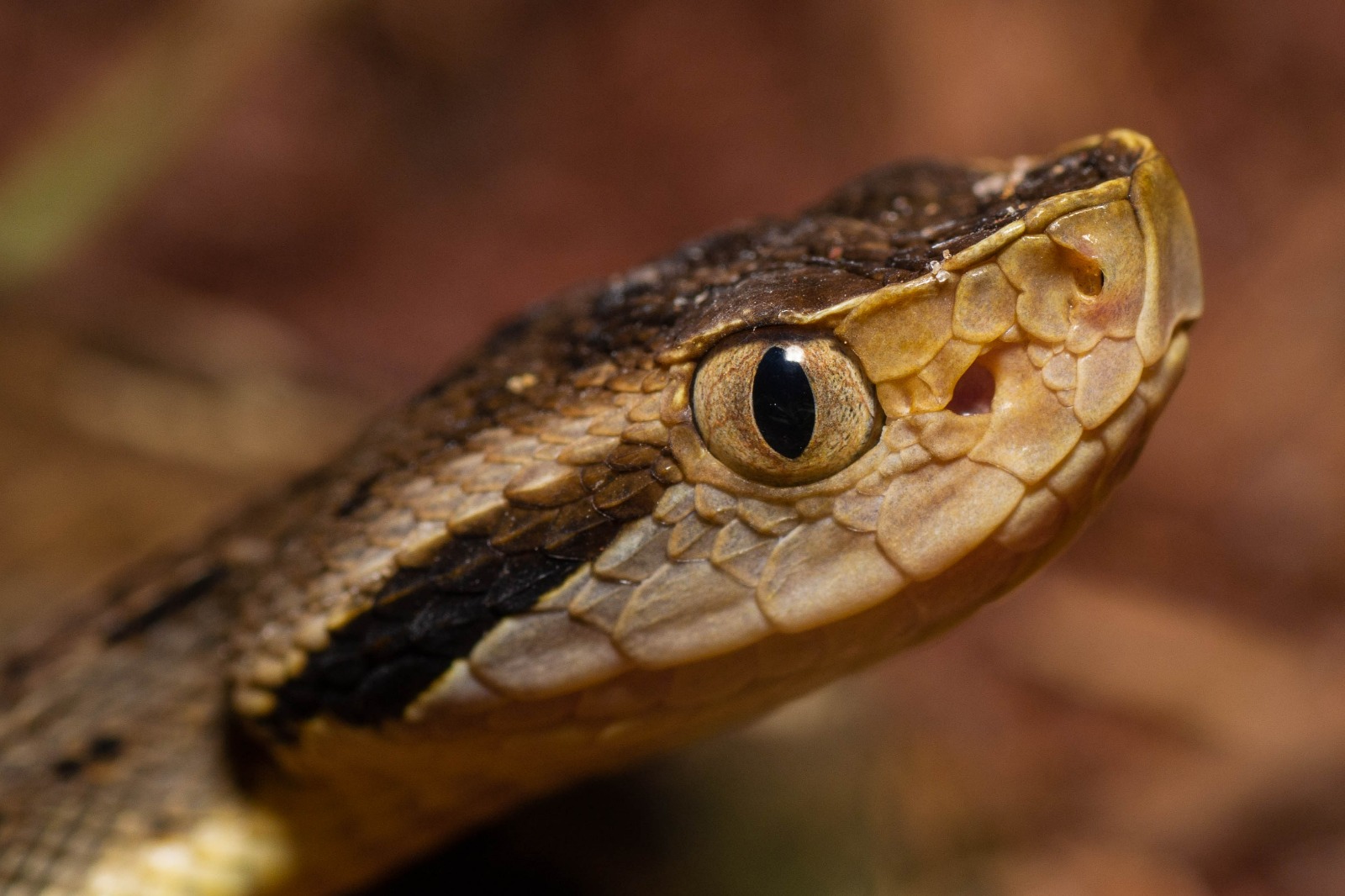
Downloads
Published
How to Cite
Issue
Section
License
Copyright (c) 2024 Revista de la Facultad de Medicina Humana

This work is licensed under a Creative Commons Attribution 4.0 International License.



